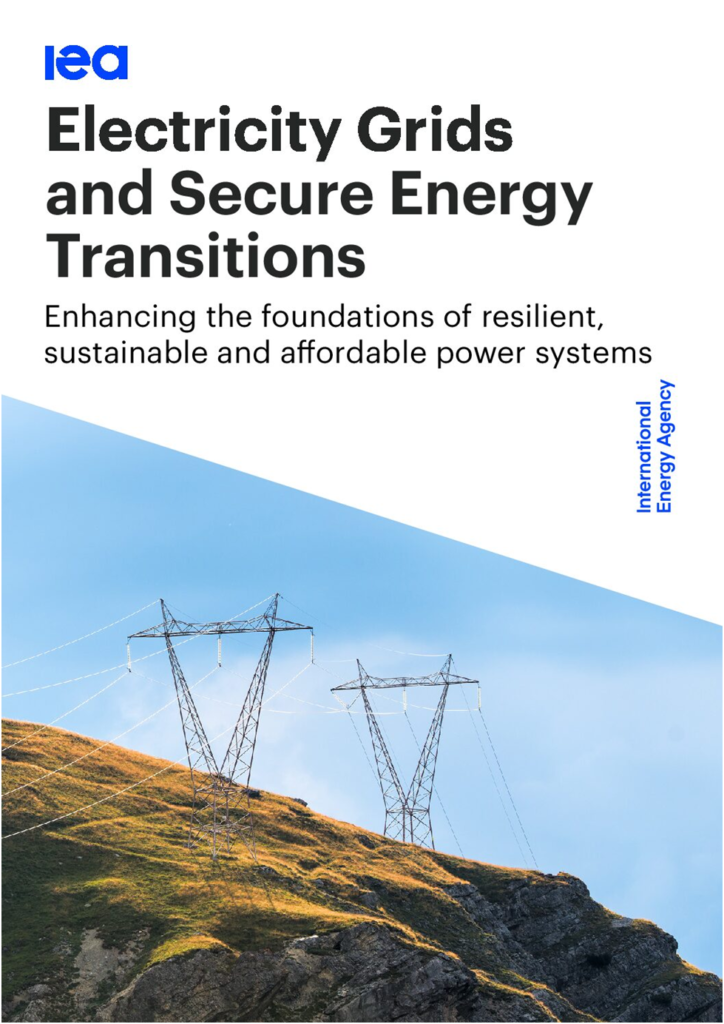Q 1 . Consider the following statements with respect to Simlipal Tiger Reserve:
1 . It is named after red silk cotton semul trees.
2 . It is included under the UNESCO’s World Network of Biosphere Reserves.
3 . Evergreen and semi-evergreen type of forests are found in abundance here.
How many of the statements given above are correct?
(a) Only one
(b) Only two
(c) All Three
(d) None of the above
(b) Statement 3 is not correct. Why in news? The Government of Odisha began its own tiger census in Simlipal Tiger Reserve. ■ Simlipal Tiger Reserve is named after red silk cotton semul trees. ■ It is also included under the UNESCO’s World Network of Biosphere Reserves. ■ It includes Joranda and Baharepani waterfalls. ■ Highest peaks: Twin peaks of Khairiburu and Meghashini. ■ Rivers in Simlipal Tiger Reserve: Burhabalanga, Palpala Bandan, Salandi, Kahairi and Deo. ■ Forest Type: Moist and dry deciduous forest (Monsoon forest). ■ Fauna: elephant, leopard, sambar and hill mynah.
Q 2 . Consider the following pairs:
Case : Judgments of Supreme Court
1 . Navtej Johar (2018) : Decriminalisation of same-sex relationships.
2 . K.S. Puttaswamy (2017) : Recognition of the right to sexual orientation
as an aspect of privacy.
Which of the above pair(s) is/are correct?
(a) 1 only
(b) 2 only
(c) Both 1 and 2
(d) Neither 1 nor 2
(c) Why in news? Recently, a five-judge Constitution Bench of the Supreme Court, declined to legalise same-sex marriage, leaving it to Parliament to legislate on the subject. Previous judgments of SC. ■ Navtej Johar (2018): Decriminalisation of same-sex relationships. ■ K.S. Puttaswamy (2017): Recognition of the right to sexual orientation as an aspect of privacy. ■ NALSA (2014): Recognition of transgenders as third gender.
Q 3 . Electricity Grids and Secure Energy Transitions report was recently released by
(a) International Energy Agency
(b) International Renewable Energy Agency
(c) International Energy Forum
(d) World Energy Council
(a) Why in news? Electricity Grids and Secure Energy Transitions report released by the International Energy Agency ■ Initiatives taken for grid development at global level Global Energy Interconnection: Proposed infrastructure platform for transmission, and consumption of clean energy. Green Grids Initiative: to accelerate the construction of the new infrastructure needed for a world powered by renewable energy. One Sun One World One Grid: to connect different regional grids through a common grid. ■ Initiatives taken for grid development at National level Development of inter- and intra-state transmission capacity through national programs (e.g. Green Energy Corridor), SAUBHAGYA scheme played a role in connecting households to the grid.

Q 4 . Consider the following statements with respect to Zoonotic diseases:
1 . Zoonotic diseases are transmitted naturally only from vertebrate animals to humans and not vice versa.
2 . It can spread to humans only through direct contact.
3 . Zoonotic pathogens may be only bacterial or viral.
How many of the statements given above are correct?
(a) Only one
(b) Only two
(c) All Three
(d) None of the above
(d) Why in news? Recently, National Conclave on “Augmented Zoonotic Diseases Surveillance at Human – Wildlife Interface” was organised. ■ Zoonotic diseases are diseases transmitted naturally from vertebrate animals to humans or vice versa. ■ Zoonotic pathogens may be bacterial, viral or parasitic, or other unconventional agents. ■ It can spread to humans through direct contact or through food, water or the environment. ■ They are a major public health issue in India. Eg. Rabies, Brucellosis, Plague,etc. ■ 13 zoonoses are cause of 2.2 million deaths per year in India. ■ Reasons for emerging zoonotics The use of antibiotics in animals. Reduction in forest cover increases close contact with populations and disease spreads. Limited knowledge and skill to identify zoonotic diseases, coupled with limited diagnostic facilities. Other reasons like poor hygiene, environmental contamination, Animal husbandry malpractices on farms, etc.

Q 5 . Consider the following statements with respect to Robotic Process Automation (RPA):
1 . It uses intelligent automation technologies to perform repetitive office tasks of human workers.
2 . It combines Application Programming Interface (APIs) and user interface (UI) interactions.
3 . RPA is data-driven whereas artificial intelligence is process-driven.
How many of the statements given above are correct?
(a) Only one
(b) Only two
(c) All Three
(d) None of the above
(b) Statement 3 is not correct. Why in news? Ministry of Electronics and Information Technology (MeitY) recently inaugurated Robotic Process Automation (RPA) Lab The lab has been built under Future Skill PRIME Project funded by MeitY. This project aims to create an up-skilling and reskilling ecosystem in 10 emerging technologies, such as AI, IOT, blockchain etc. ■ About Robotic Process Automation (RPA): RPA, also known as software robotics, uses intelligent automation technologies to perform repetitive office tasks of human workers. It combines Application Programming Interface (APIs) and user interface (UI) interactions to integrate and perform repetitive tasks. RPA trains algorithms using data so that the software can perform tasks in a quicker, more efficient way. ■ RPA and artificial intelligence (AI): RPA is process-driven, whereas AI is data-driven. RPA bots can only follow the processes defined by an end user. AI bots use machine learning to recognize patterns in data, in particular unstructured data, and learn over time. Thus, AI is intended to simulate human intelligence, while RPA is solely for replicating human-directed tasks.

